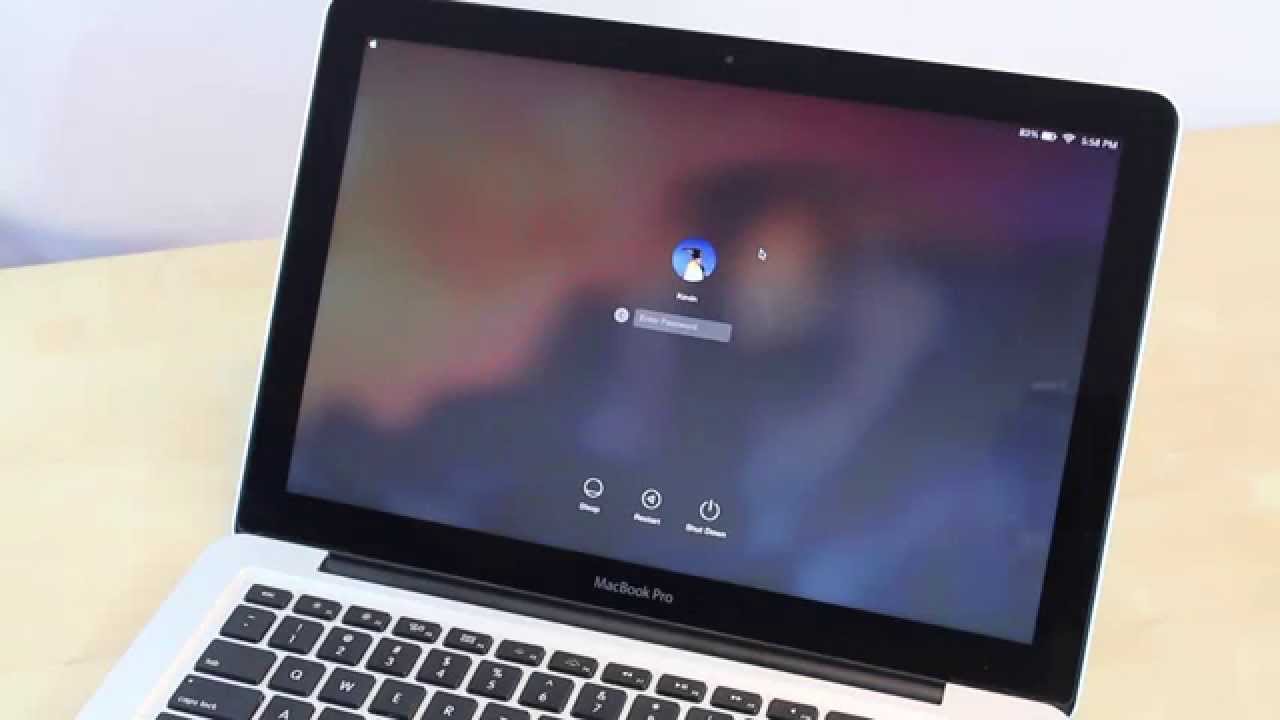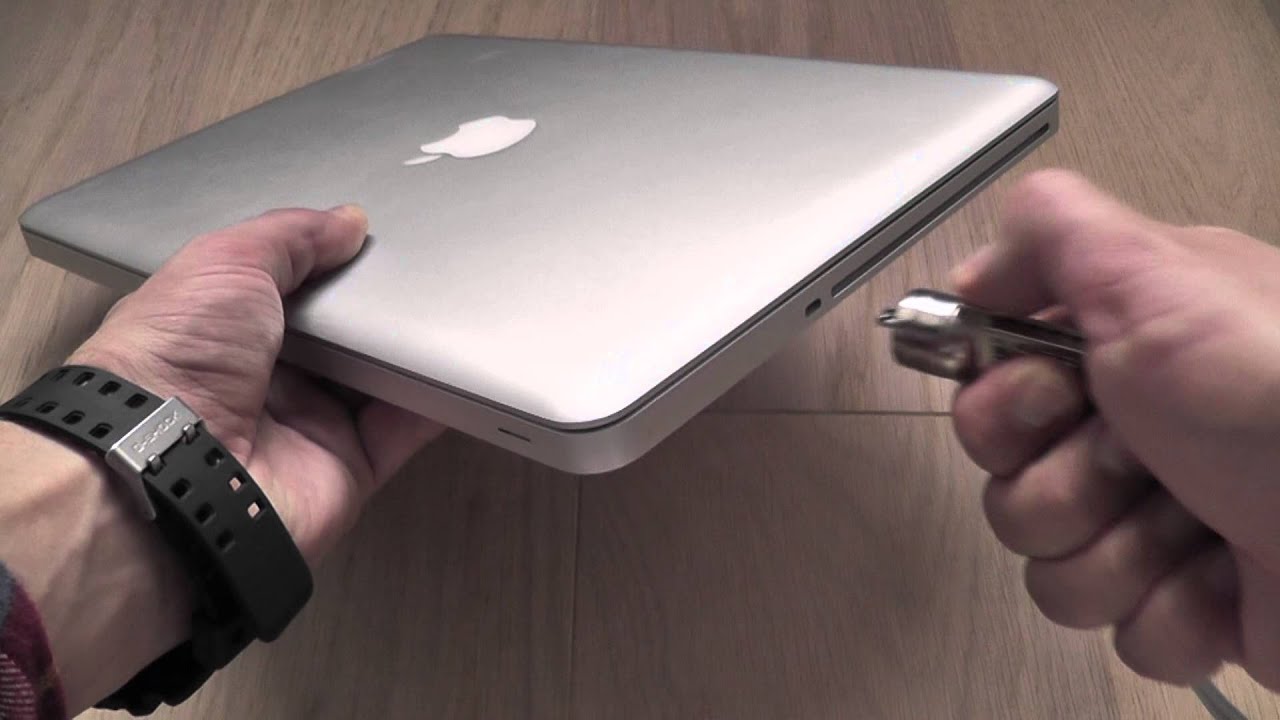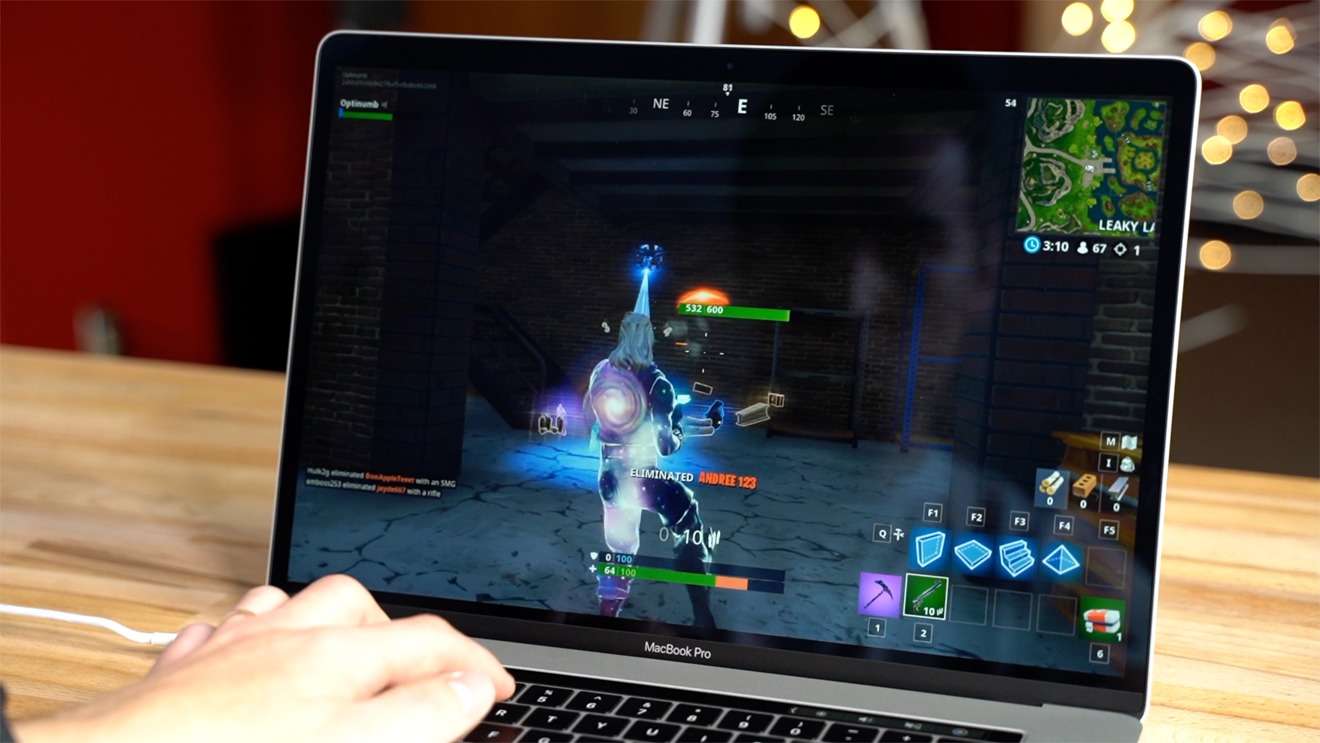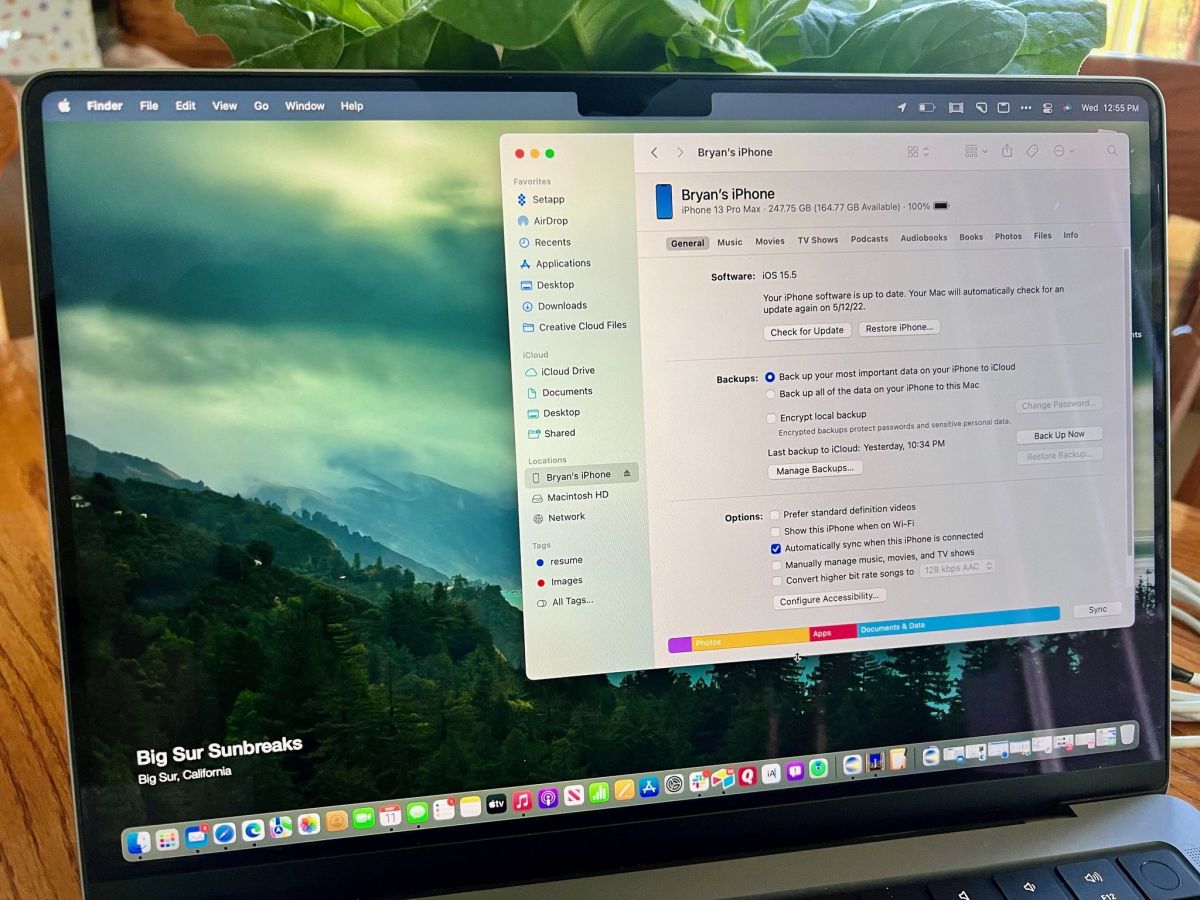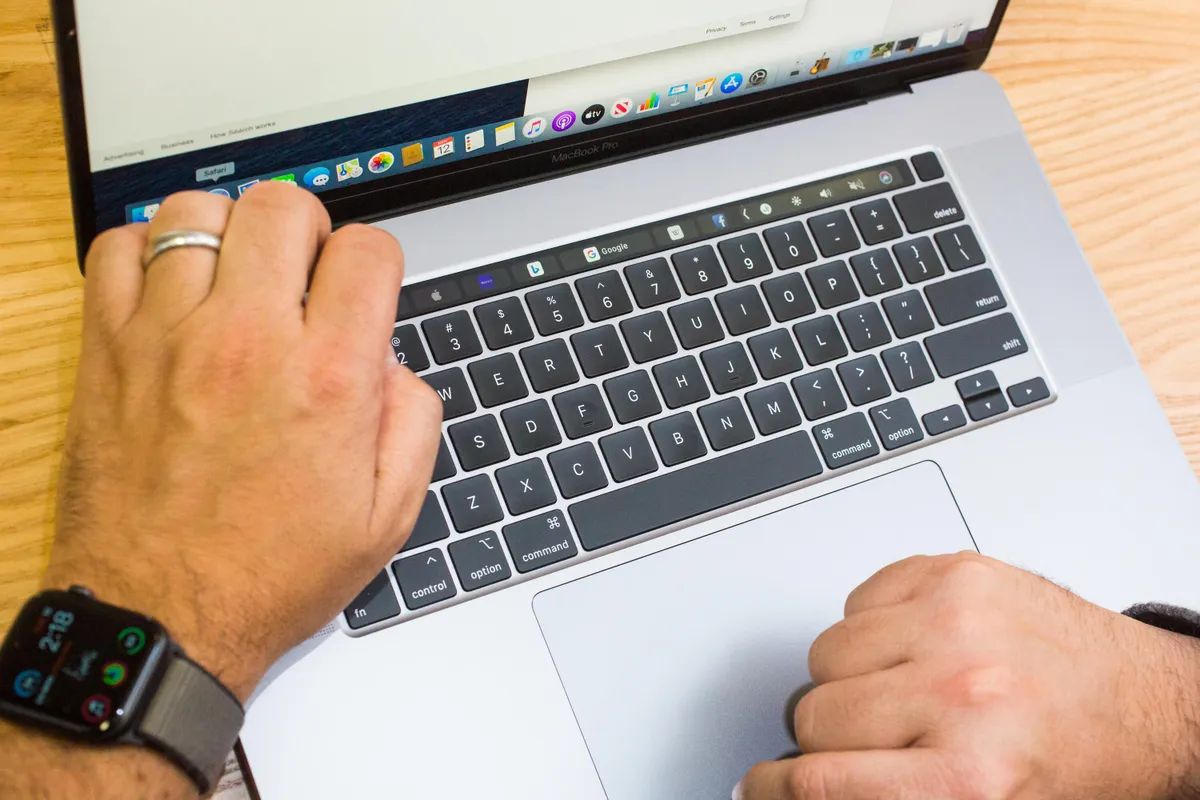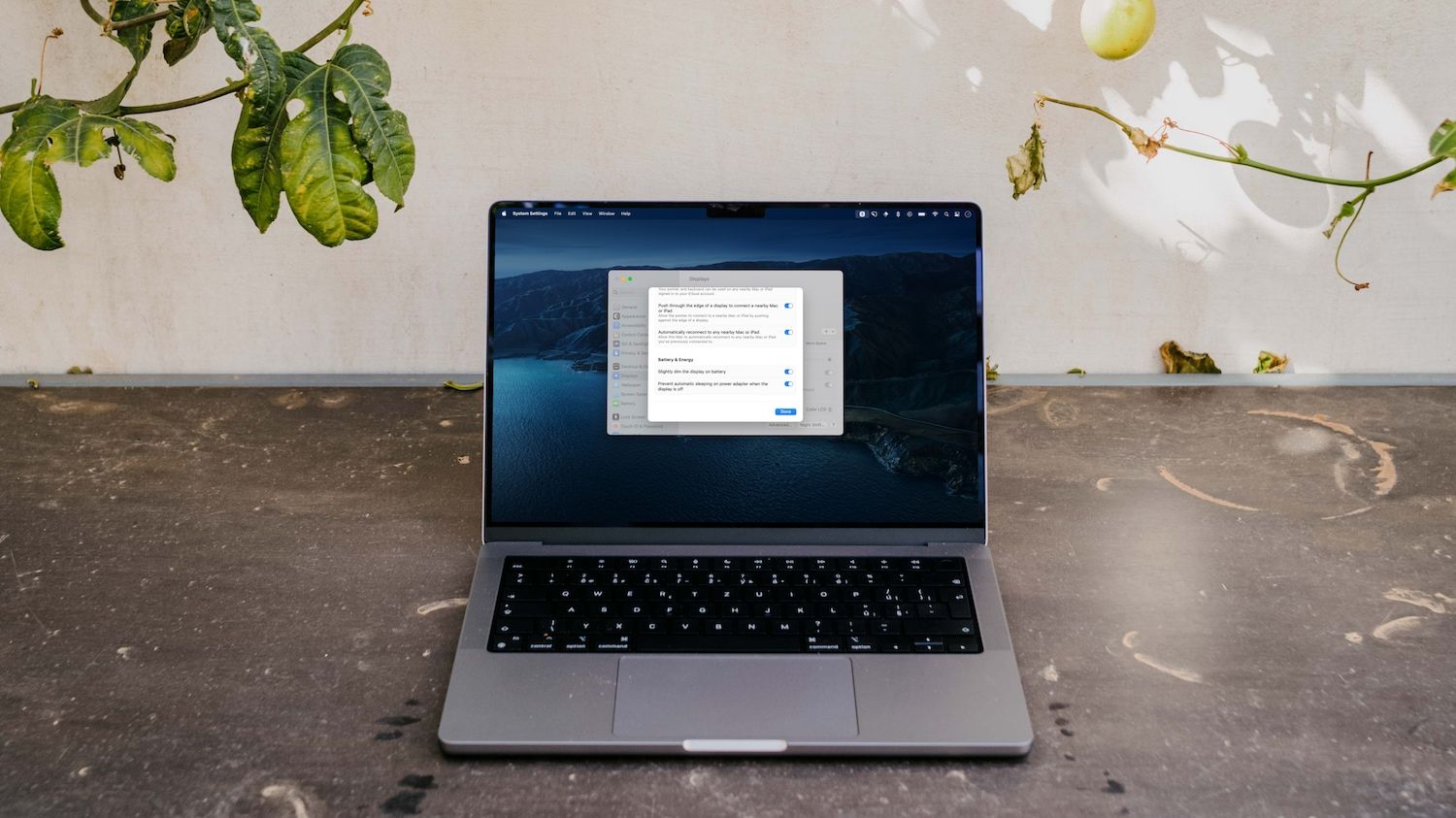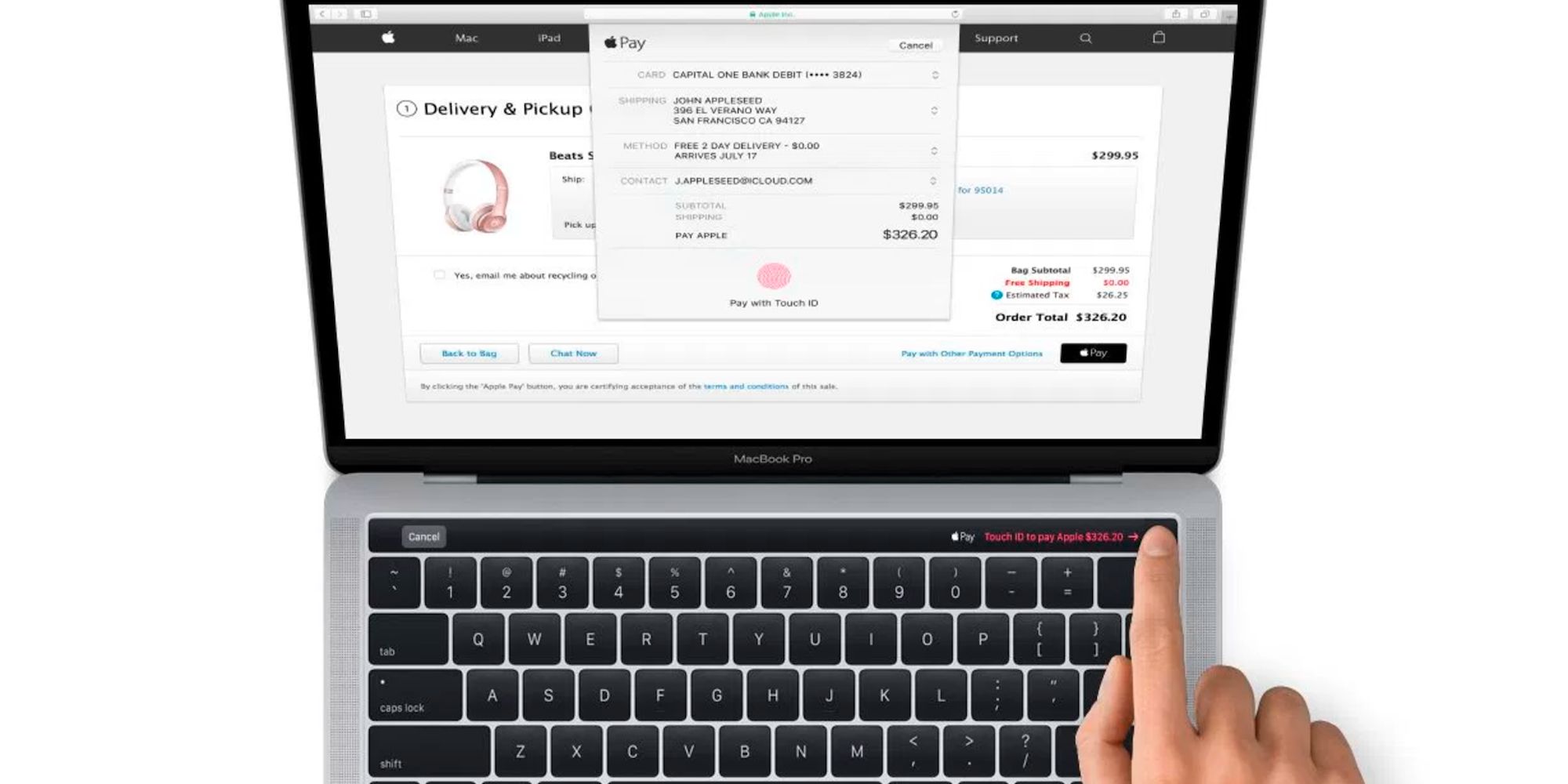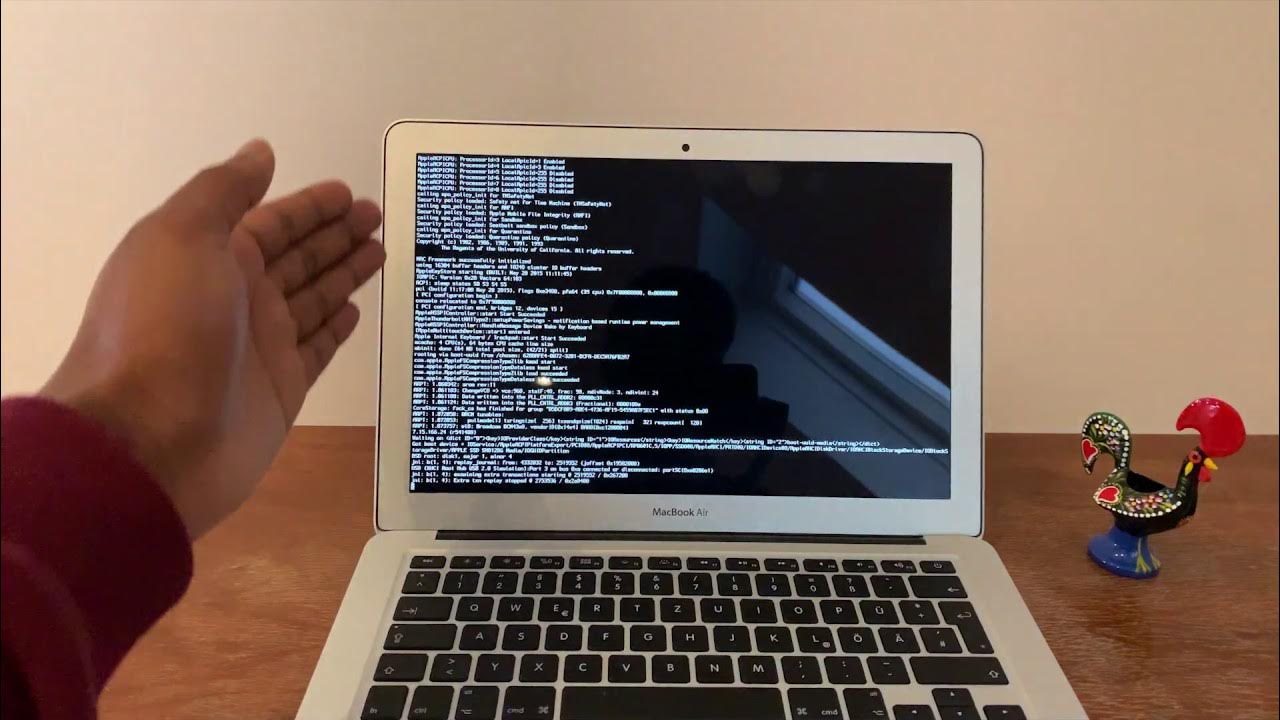Introduction
Welcome to this guide on how to change your MacBook Pro password. Whether you want to update your password for security reasons or simply because you forgot it, we’ve got you covered with five different methods to change your password. From using the System Preferences to resetting the password through Terminal, we will walk you through each method step by step.
Your MacBook Pro password is a crucial key to your personal data and ensuring its privacy. Changing your password regularly is a good practice to protect your information from unauthorized access. Additionally, it’s essential to have a strong and unique password to prevent any potential security breaches.
In this guide, we will go beyond the basic method of changing your password through the System Preferences and explore alternative methods such as using the Recovery Mode, utilizing your Apple ID, and resetting the password through an administrator account or the Terminal.
Before we dive into the different methods, it’s important to note that changing your password will require you to have administrative access to your MacBook Pro. If you do not have administrative privileges or have forgotten the administrator password, some of these methods may not be applicable to your situation.
It’s always a good idea to create a secure and memorable password that combines a mix of uppercase and lowercase letters, numbers, and special characters. Avoid using easily guessable information such as birthdays or common phrases. Now, let’s get started with method one: changing your password from the System Preferences.
Method 1: Changing your password from System Preferences
The most straightforward way to change your MacBook Pro password is through the System Preferences. Follow these steps to update your password:
- Open the Apple menu in the top left corner of your screen and select “System Preferences.”
- Click on “Users & Groups.”
- In the sidebar, select your user account.
- Click the padlock icon at the bottom left of the window and enter your current password.
- Click on “Change Password.”
- Enter your current password and then create a new password in the respective fields.
- Optionally, you can add a password hint that can help you remember your password without compromising its security.
- Click “Change Password” to save the new password.
- Exit System Preferences and make sure to remember your updated password for future use.
It’s important to note that changing your password from System Preferences requires you to know your current password. If you have forgotten it or are unable to log in, you may need to utilize one of the alternative methods discussed in the following sections.
Remember to choose a strong and unique password that is not easily guessable. Avoid using common passwords or personal information that others might know or guess. Once you have successfully updated your password, you can proceed with logging in to your MacBook Pro using the new credentials.
Now that you’re acquainted with the first method let’s explore additional methods to change your MacBook Pro password, including using the Recovery Mode, your Apple ID, an administrator account, and the Terminal.
Method 2: Changing your password using the Recovery Mode
If you are unable to access your MacBook Pro account and have forgotten the password, you can change it using the Recovery Mode. Here’s how:
- Restart your MacBook Pro and hold down the Command (⌘) and R keys simultaneously until the Apple logo appears.
- Release the keys when you see the macOS Utilities window.
- Select “Utilities” from the menu bar and choose “Terminal.”
- In the Terminal window, type “resetpassword” (without quotes) and press Enter.
- A new Reset Password window will appear.
- Select your startup disk and the user account for which you want to change the password.
- Enter a new password for the account and confirm it.
- Optionally, you can add a password hint to aid in remembering the password.
- Click “Next” and then “Restart” to save the new password and reboot your MacBook Pro.
The Recovery Mode allows you to reset your password without requiring the previous password. It is a useful method if you have forgotten your password or if your account has been compromised.
Once your MacBook Pro restarts, log in with the new password you just created. Ensure that you remember the new password for future use.
Method 2 demonstrates an alternative approach to changing your password when you cannot access your account. In the next sections, we will explore additional methods, including using your Apple ID, an administrator account, and the Terminal.
Method 3: Resetting your password using Apple ID
If you have set up your MacBook Pro with your Apple ID, you can use this method to reset your password. Follow the steps below:
- Turn on your MacBook Pro and enter any random password three times.
- A message will appear stating “If you forgot your password, you can reset it using your Apple ID.”
- Click on the “→” symbol or the “Reset Password” button.
- Enter your Apple ID and password in the provided fields.
- Follow the on-screen instructions to create a new password for your MacBook Pro.
- Choose a strong and unique password, and confirm it.
- Click “Reset Password” to save the changes.
Once you have reset your password using your Apple ID, it is important to remember the new password for future use. You can now log in to your MacBook Pro using the updated credentials.
Using your Apple ID to reset your password is an efficient method, especially if you have associated your Apple ID with your MacBook Pro. In the next section, we will explore another approach that utilizes an existing administrator account to change the password.
Method 4: Resetting your password using an administrator account
If you have access to an existing administrator account on your MacBook Pro, you can use it to reset the password for another user account. Follow the steps below:
- Log in to your MacBook Pro using the administrator account.
- Open the Apple menu in the top left corner of your screen and select “System Preferences.”
- Click on “Users & Groups.”
- In the sidebar, select the user account for which you want to change the password.
- Click the padlock icon at the bottom left of the window and enter the administrator password.
- Click on “Reset Password.”
- Enter a new password for the user account and confirm it.
- Optionally, you can add a password hint for the user account.
- Click “Change Password” to save the new password.
After successfully resetting the password, inform the user of their new credentials so they can log in to their account. It is important to remember the new password for future use.
Using an existing administrator account to change the password provides a convenient option when you have administrative access to the MacBook Pro. In the next section, we will explore an alternative method that utilizes the Terminal to reset your password.
Method 5: Resetting your password using the Terminal
If you prefer using the Terminal and have some familiarity with command line interfaces, you can reset your MacBook Pro password using this method. Follow the steps below:
- Restart your MacBook Pro and hold down the Command (⌘) and R keys simultaneously until the Apple logo appears.
- Release the keys when you see the macOS Utilities window.
- Select “Utilities” from the menu bar and choose “Terminal.”
- In the Terminal window, type “resetpassword” (without quotes) and press Enter.
- A new Reset Password window will appear.
- Select your startup disk and the user account for which you want to change the password.
- Click “Next” to proceed.
- Enter a new password for the user account and confirm it.
- Optionally, you can add a password hint for the user account.
- Click “Next” and then “Restart” to save the changes and reboot your MacBook Pro.
Using the Terminal to reset your password provides a command-line alternative for those who are more comfortable with this method. It allows you to change the password without needing the previous password. Once your MacBook Pro restarts, log in with the new password you just created and make sure to remember it for future use.
Now that you are familiar with five different methods to change your MacBook Pro password, you can choose the one that best suits your situation and preferences. Remember to regularly update your password for enhanced security and protect your personal information.
Conclusion
Changing your MacBook Pro password is a simple yet important task to ensure the security and privacy of your personal data. In this guide, we explored five different methods to change or reset your password, catering to various scenarios and preferences.
We started with the straightforward method of changing your password through System Preferences, requiring you to know your current password. If you have forgotten your password or are unable to log in, the Recovery Mode can be utilized to reset your password without the need for the previous password.
If you have set up your MacBook Pro with your Apple ID, resetting the password using your Apple ID provides a convenient option. Alternatively, if you have access to an existing administrator account, you can change the password for another user account directly.
For those comfortable with command-line interfaces, the Terminal offers a powerful method to reset your password in a straightforward manner.
Regardless of the method you choose, remember to create a strong and unique password that combines a mix of uppercase and lowercase letters, numbers, and special characters. Avoid using easily guessable information and update your password regularly for optimized security.
By following these methods, you can confidently change or reset your MacBook Pro password whenever the need arises. Safeguarding your personal data is essential, and ensuring a strong password is a fundamental step towards achieving that.
We hope this guide has been helpful to you in understanding the different methods available for changing your MacBook Pro password. Stay secure and enjoy your MacBook Pro with peace of mind!







